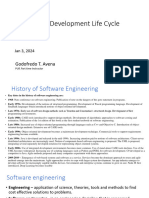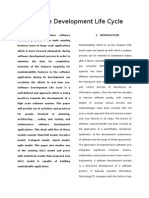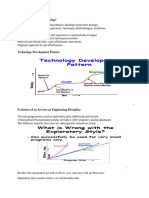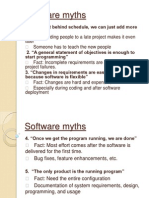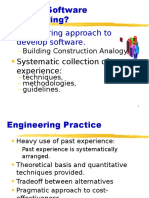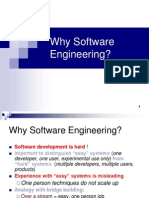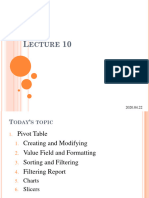0% found this document useful (0 votes)
7 views25 pagesPMSC Module 1
The document outlines the syllabus for a software engineering course, detailing the software development life cycle (SDLC) phases and various models, including Waterfall, Agile, and Prototyping. It emphasizes the importance of systematic approaches in software development to improve quality, reduce defects, and enhance maintainability. Additionally, it discusses the evolution of programming styles and the significance of prototyping in understanding user requirements.
Uploaded by
abhinav7footballerCopyright
© © All Rights Reserved
We take content rights seriously. If you suspect this is your content, claim it here.
Available Formats
Download as PDF, TXT or read online on Scribd
0% found this document useful (0 votes)
7 views25 pagesPMSC Module 1
The document outlines the syllabus for a software engineering course, detailing the software development life cycle (SDLC) phases and various models, including Waterfall, Agile, and Prototyping. It emphasizes the importance of systematic approaches in software development to improve quality, reduce defects, and enhance maintainability. Additionally, it discusses the evolution of programming styles and the significance of prototyping in understanding user requirements.
Uploaded by
abhinav7footballerCopyright
© © All Rights Reserved
We take content rights seriously. If you suspect this is your content, claim it here.
Available Formats
Download as PDF, TXT or read online on Scribd
/ 25










